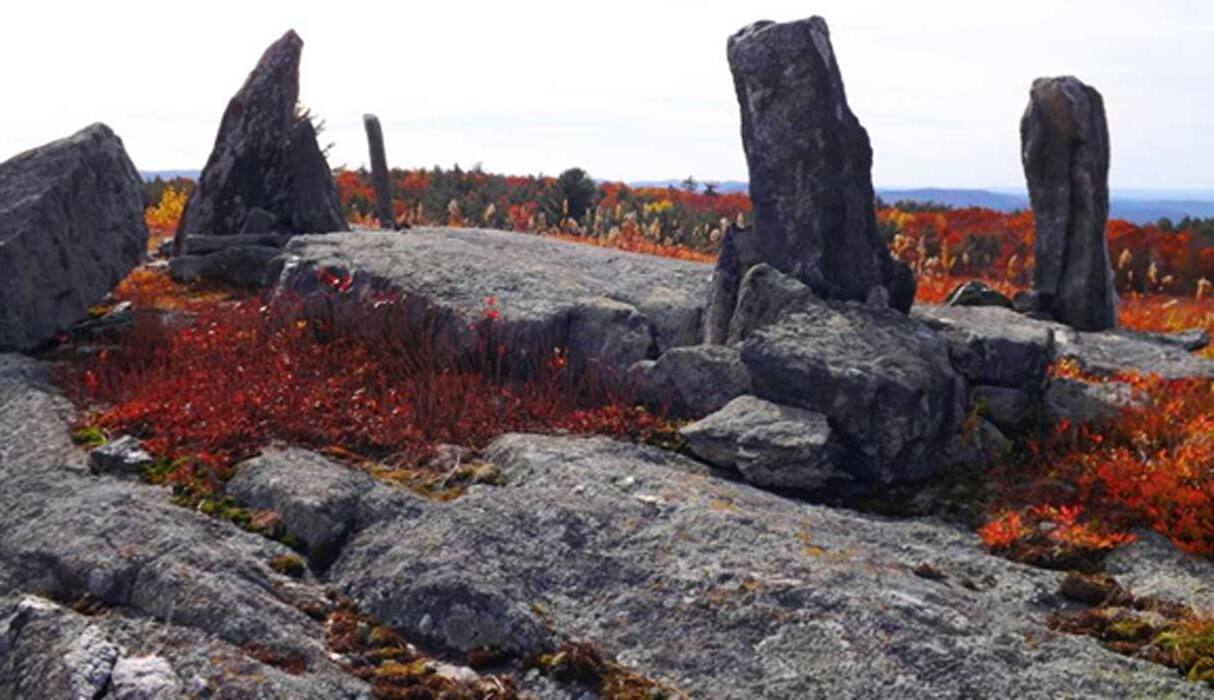Mysteries Of Massachusetts’ Sacred Stone Alignments

Have you ever wondered about the mysteries hidden in Massachusetts? One of the most intriguing secrets lies in the sacred stone alignments scattered across the state. These ancient structures have puzzled historians and archaeologists for years. Some believe they were created by Native American tribes for ceremonial purposes, while others think they might be remnants of early European settlers. Regardless of their origin, these stone alignments offer a fascinating glimpse into the past. Imagine walking through the woods and stumbling upon a carefully arranged circle of stones. What stories do they tell? What purpose did they serve? Join us as we explore the sacred stone alignments of Massachusetts and uncover the secrets they hold.
Mysteries of Massachusetts' Sacred Stone Alignments
Massachusetts, known for its rich history and scenic landscapes, hides some lesser-known secrets. Among these are the sacred stone alignments scattered across the state. These mysterious formations have puzzled historians, archaeologists, and locals alike. Let's explore some of these intriguing sites.
1. America's Stonehenge
Located in Salem, New Hampshire, just over the Massachusetts border, America's Stonehenge is a site of ancient stone structures and alignments. Believed to be over 4,000 years old, this site features a maze of man-made chambers, walls, and ceremonial meeting places. The purpose of these structures remains a mystery, but some theories suggest they were used for astronomical observations or religious ceremonies.
2. Upton Chamber
The Upton Chamber, located in Upton, Massachusetts, is one of the largest and most well-preserved underground chambers in New England. This beehive-shaped stone structure is thought to date back to the pre-Columbian era. Its exact purpose is unknown, but some speculate it may have been used for storage, as a shelter, or for ceremonial purposes.
3. Dighton Rock
Dighton Rock, found in the Taunton River in Berkley, Massachusetts, is a 40-ton boulder covered in mysterious petroglyphs. The carvings on the rock have sparked numerous theories about their origins, including suggestions that they were made by Native Americans, Norse explorers, or even ancient Phoenicians. The true meaning of the carvings remains a subject of debate among scholars.
4. Goshen Stone Chambers
In the small town of Goshen, Massachusetts, several stone chambers can be found scattered throughout the woods. These structures, often referred to as "root cellars," are believed by some to be ancient ceremonial sites. The precise age and purpose of these chambers are still unknown, but their construction suggests they were built with significant effort and skill.
5. Balance Rock
Balance Rock, located in Pittsfield State Forest, is a massive boulder precariously balanced on a smaller rock. This natural formation has long been a source of fascination and speculation. Some believe it was placed there by ancient peoples as a marker or for ceremonial purposes, while others think it is simply a natural geological formation.
6. Mystery Hill
Mystery Hill, also known as America's Stonehenge, is another intriguing site located in North Salem, New Hampshire. This complex of stone structures and alignments is believed to be thousands of years old. The purpose of the site remains unclear, but some theories suggest it was used for astronomical observations, religious ceremonies, or as a calendar system.
7. The Standing Stones of Lynn Woods
Lynn Woods, a large municipal forest in Lynn, Massachusetts, is home to several standing stones and stone circles. These mysterious formations have puzzled researchers for years. Some believe they were used by Native Americans for ceremonial purposes, while others think they may have been part of an ancient astronomical observatory.
8. The Dolmen at Dogtown
Dogtown, an abandoned colonial settlement in Gloucester, Massachusetts, is home to a large stone structure known as a dolmen. This massive capstone rests on several smaller stones, creating a table-like formation. The purpose of this structure is unknown, but some believe it may have been used for ceremonial or burial purposes.
9. The Stone Rows of Westford
In Westford, Massachusetts, several stone rows can be found running through the woods. These linear arrangements of stones have sparked much speculation about their purpose. Some believe they were used as boundary markers, while others think they may have had a ceremonial or astronomical function.
10. The Enigmatic Stones of Shutesbury
Shutesbury, a small town in western Massachusetts, is home to several enigmatic stone structures. These include stone chambers, cairns, and standing stones. The purpose and origin of these structures remain a mystery, but they are believed to be ancient and may have been used for ceremonial or astronomical purposes.
The Enigmatic Legacy of Massachusetts' Sacred Stone Alignments
Massachusetts' sacred stone alignments remain a captivating mystery. These ancient structures, scattered across the state, continue to intrigue historians, archaeologists, and curious travelers. Each alignment tells a story, blending natural beauty with human ingenuity. Whether they served as astronomical calendars, spiritual sites, or territorial markers, their purpose sparks endless debate.
Visiting these sites offers a unique glimpse into the past. The alignments connect us to the region's early inhabitants, their beliefs, and their way of life. Exploring these stones can be a profound experience, inviting reflection on our own place in history.
As you wander through Massachusetts, take time to appreciate these ancient wonders. They stand as silent witnesses to a time long gone, yet their mystery endures. The sacred stone alignments of Massachusetts are a testament to the enduring human spirit and our quest to understand the world around us.

